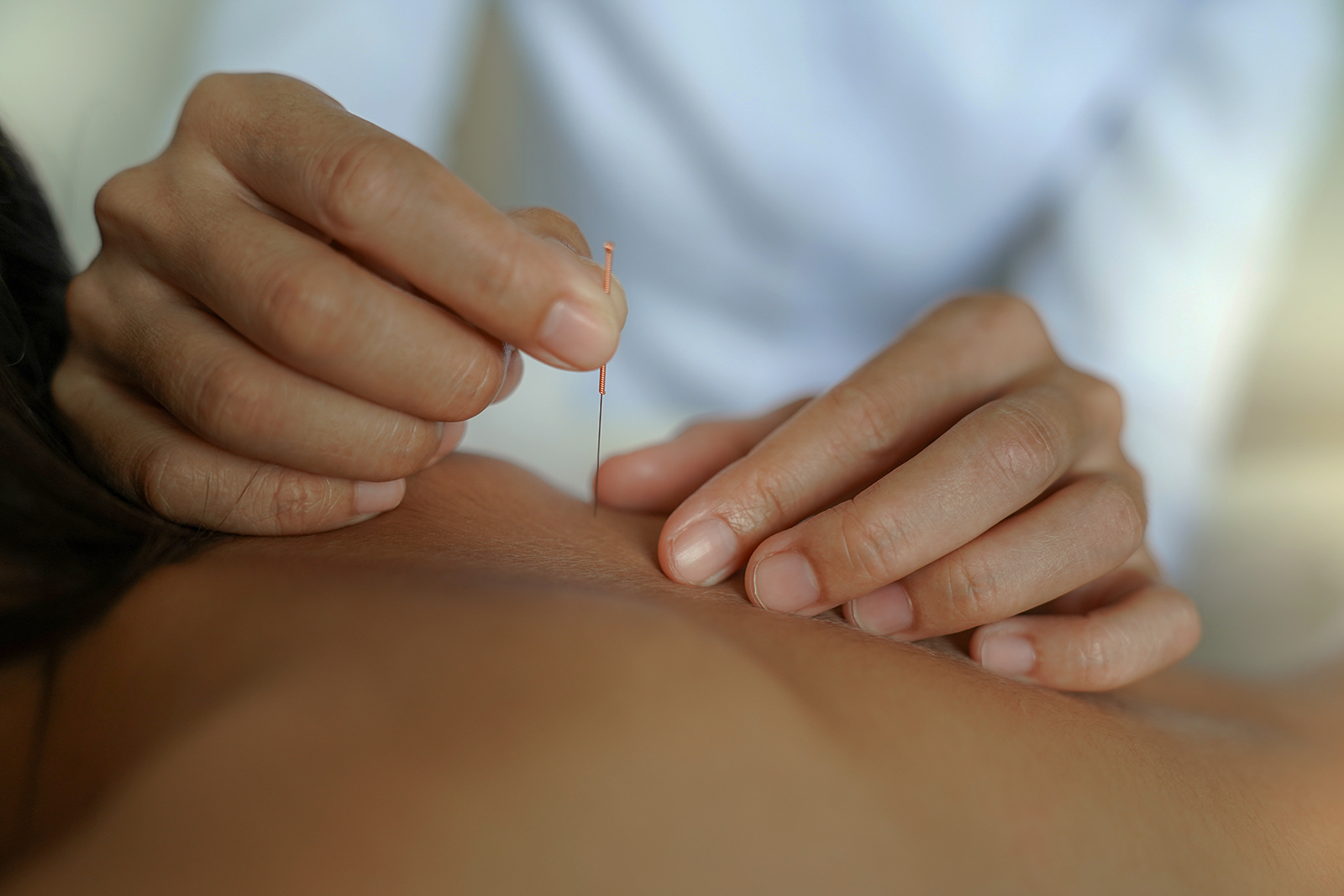Dry needling is a technique physical therapists use to release or inactivate trigger points for the treatment of pain and movement impairments. Dry needling improves pain control, reduces muscle tension, and normalizes dysfunctions of the motor end plates, the sites at which nerve impulses are transmitted to muscles.
The technique uses a “dry” needle, one without medication or injection, inserted through the skin into areas of the muscle. Dry needling is also called trigger point dry needling, myofascial trigger point dry needling or intramuscular manual therapy.
Dry needling is not acupuncture, a practice based on traditional Chinese medicine and performed by acupuncturists. Dry needling is a part of modern Western medicine principles and supported by research.
What is Dry Needling?
Dry Needling is an effective treatment intervention utilizing a thin filiform needle to penetrate the skin and stimulate underlying myofascial trigger points, muscular, and connective tissues for the management of neuromusculoskeletal pain and movement impairments.
What are Trigger Points?
Trigger points are hyperirritable spots within a taut band of a contractured skeletal muscle fiber producing local or referred pain when stimulated. Trigger points are sources of persistent peripheral nociceptive (pain) input and have been identified in numerous diagnoses including musculoskeletal and non-musculoskeletal. Inactivation of trigger points by dry needling technique is consistent with current pain management insights.
How does Dry Needling Work?
Dry needling has been shown to inactivate trigger points by eliciting local twitch responses which are modified by the central nervous system. The local twitches are spinal cord reflexes characterized by an involuntary contraction of the contractured taut band. The twitches can be elicited by a snapping palpation or penetration with a needle.
When is Dry Needling Indicated?
Dry needling is performed when restrictions in range of motion due to contractured muscle fibers or taut bands or as a result of other fascial adhesions or scar tissue are present. The goal of dry needling is to improve function by decreasing pain and improving muscle activation.
What Can I Expect after Dry Needling?
Individuals respond very differently to the modality, but one can expect to feel varying degrees of soreness for up to 24 to 72 hours post-dry needling treatment. Note: Bruising can occur at the needle insertion site as it is a common side effect.
Do I Need a Prescription for Dry Needling Treatment?
Yes. Direct access is available in Georgia for Physical Therapy evaluations and services; however, dry needling requires a prescription given the invasiveness of the modality.
Conditions we commonly treat:



